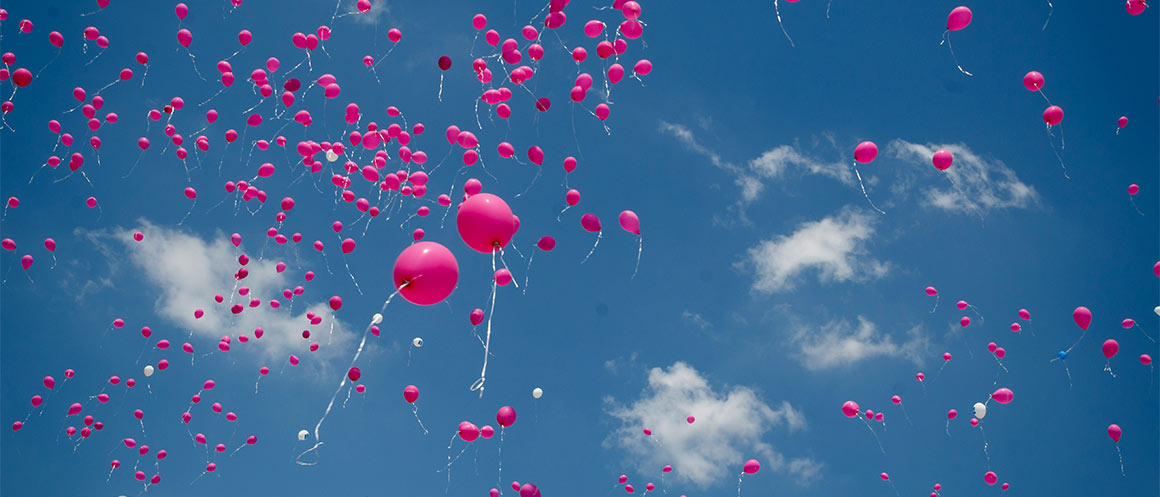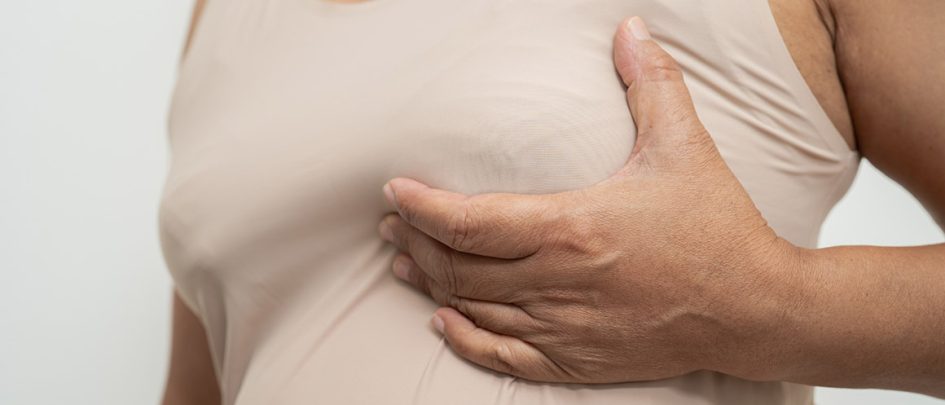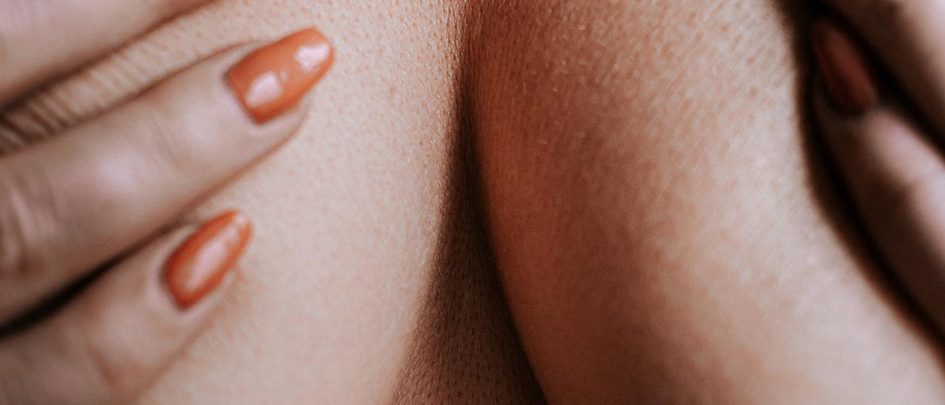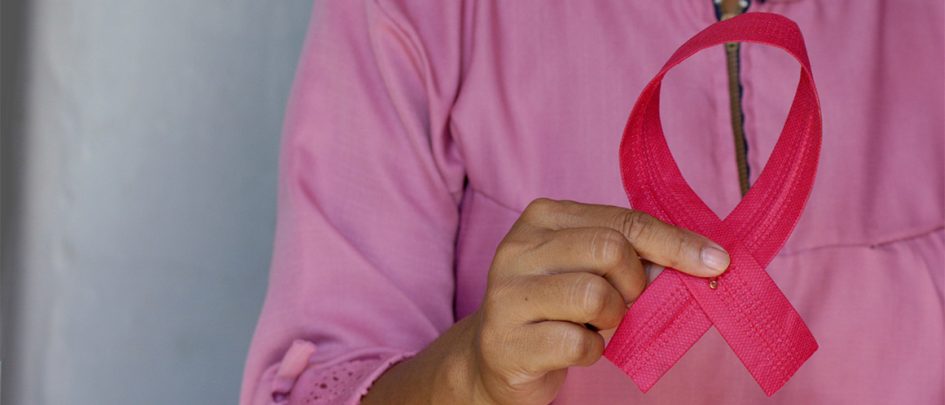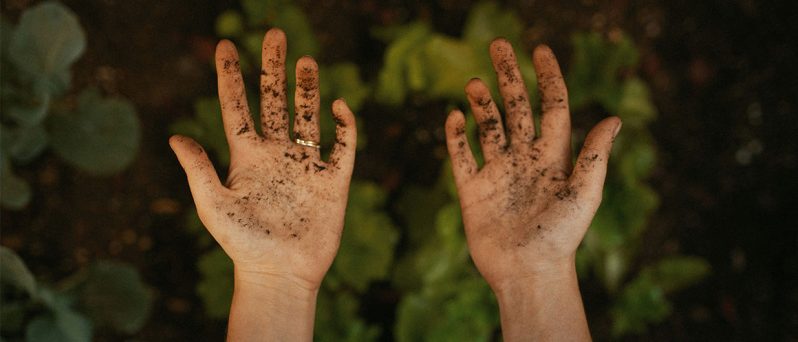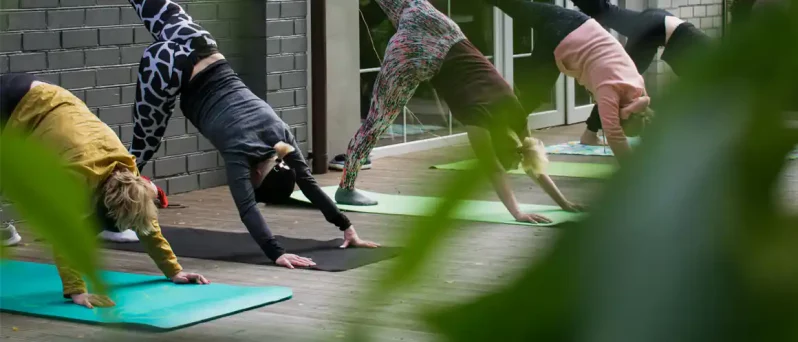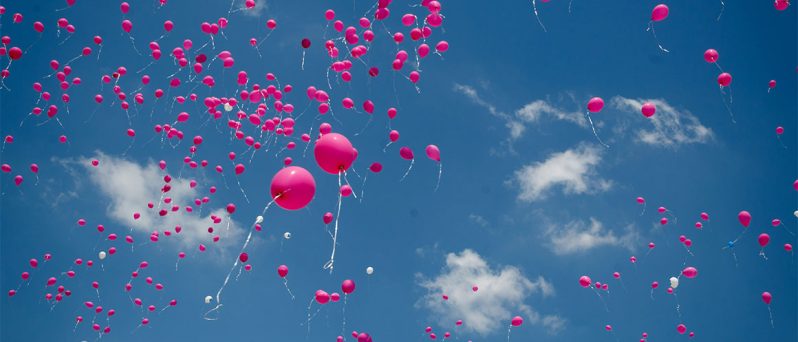October is Breast Cancer Awareness Month, and over the years Natracare has raised awareness of how to detect early signs of breast cancer. Understanding what to look out for helps you to recognise when something feels unusual for your body, and to seek advice early.
Typically, when we think about breast cancer, we picture someone finding a lump. While this is the most common warning sign, it is not the only one. Breast cancer can show up in more subtle ways including skin texture changes and unexpected swelling.
Everyone’s breasts are different, and changes don’t always mean something serious. But listening to your body and knowing what’s normal for you is powerful.
Why Early Detection Matters
Spotting changes early can save lives. When breast cancer is detected at an early stage, it is much more treatable, often requires less invasive treatment, and has higher survival rates. The five-year survival rate for localised, non-invasive breast cancer is almost 100%, compared to lower rates (90%-70%) when it is detected later and has spread to nearby lymph nodes or structures.
Breast cancer can affect anyone, not just women, and not just those of a certain age. Knowing what’s normal for your chest and recognising even small changes gives you the best chance to act quickly and get checked.
This Breast Cancer Awareness Month, Natracare are inviting you to get to know your body better, check your chest, and learn the unexpected signs that can help you detect breast cancer sooner.
Unexpected Signs of Breast Cancer to Look Out For
1. Skin changes
Look for dimpling, puckering, or thickening of the skin on your breast – it can resemble the texture of an orange peel. These changes can indicate that something is happening beneath the surface.
2. Changes to the Nipple
If your nipple suddenly inverts, changes shape, or becomes sore or flaky, it’s worth getting checked. Nipple discharge that isn’t related to breast feeding, particularly if it’s blood stained, should also be seen by a doctor.
3. Redness or rash
A red, inflamed, or scaly patch on the breast or nipple can sometimes be mistaken for irritation or eczema. If it doesn’t heal or continues to worsen, it’s best to get it checked out.
4. Changes in size or shape
It’s normal for breast size to fluctuate slightly throughout your cycle, but if one breast suddenly becomes larger, lower, or takes on a different shape, it could be a sign that something has changed internally.
5. Swelling in the armpit or collarbone
Breast tissue extends into the armpit. Swelling or tenderness there, or above the collarbone, can indicate changes in nearby lymph nodes and should be checked.
6. Pain or discomfort
While breast pain is common and not always linked to cancer, persistent pain in one area that doesn’t improve with your cycle should be checked by a healthcare professional.
When to See a Doctor
If you notice any changes in your breasts, whether it is texture, colour or shape, it’s always worth speaking to your doctor. Most changes aren’t cancer, but getting medical advice helps you stay proactive. Early detection makes a real difference, so trust your instincts and get checked if something doesn’t feel right.
How to Check Yourself
Checking your breasts regularly is one of the best ways to stay familiar with what’s normal for you. For those who menstruate, breast tissue can feel different at various stages of your cycle, so it helps to check at the same time each month.
You can do this in front of a mirror, in the shower, or lying down:
- Look for changes in shape, colour, and symmetry.
- Feel with the palm of your hand, moving in small circular motions across the entire breast, armpit, and up to the collarbone.
- Notice if anything feels unusual, whether that is tenderness or new texture.
If you’re unsure how to check, charities like CoppaFeel! and Breast Cancer Now have step-by-step guides, and you can set up monthly text reminders.
Knowing your body and recognising changes early can make a real difference. This October, make breast checks part of your self-care routine and encourage others to do the same.
